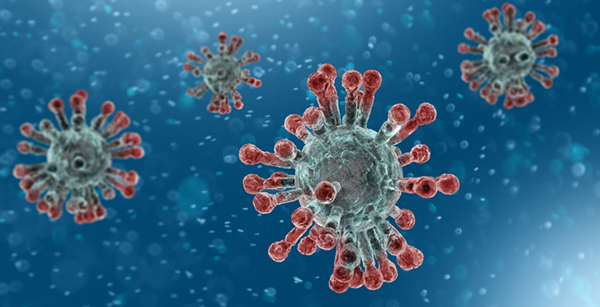
AS THE UK adjusts to life in lockdown, the Government’s ruling that we should only leave our homes once per day is making time spent outdoors increasingly precious.
Whilst many will choose to use this outing to nip to the shops, others may use the time to get some exercise in the great outdoors – but why not do both?
To explain how you can maximise your daily outing, Steven Virtue, Fitness Content and Programming Manager at Total Fitness, the North’s leading mid-market health club, reveals five tips to help you turn your daily trip to the shops into a fitness routine:
- Walk to the shops; don’t drive
-
It can be tempting to hop in the car to quickly nip out to the shops – especially if it’s a cold day or you’re planning on doing a large food shop – but walking to the shops is a great way of getting the blood pumping and the heart rate up. A 30-minute walk to the shops and back can help you burn between 90-200 calories. But not to worry if the shops really are too far to walk or your shopping will be too much to carry, simply park the car at the far end of the car park to get your step-count up. Every little counts.
- Load up a basket instead of a trolley
-
For a simple full body workout, opt for a basket in each hand. Carrying baskets around the shops rather than using a trolley can be a great way to build up your core strength, whilst working your legs and arms. The added weight of the baskets is a great little calorie burner and to increase the arm workout engage your biceps or even go for a full set of bicep curls with the basket. You’ll also feel the benefits in your glutes as you squat to put your baskets down while you peruse the shelves. This exercise also works as a fantastic deterrent for those with a tendency to stockpile, as the more items you pick up the harder the daily shop becomes!
- Take a backpack
Another great way to burn extra calories on your daily outing is to take a backpack. Fill your backpack with household items such as books or clothes until the backpack is heavy enough to make your trip to the shops feel like a workout. Carrying around the extra weight on your back will strengthen your core, back and leg muscles. You can even vary the weight on different days, depending on whether you want to break a light sweat or really feel the burn.
- Load your shopping bags
Load up your shopping bags in Farmers Carry. This exercise is a great one for building core strength and work capacity, and it also contributes toward great posture. Load up your shopping as equally as possible in each hand and walk with your shoulders slightly back whilst gently bracing your core. Focusing on keeping your body balanced all the way home will not only help build strength in the right areas, but also get your heart rate up slightly, ensuring you get some additional aerobic work. As you get stronger, make it more of a challenge and load up your back pack too.
- Head out for a jog
Plenty of people have been using the lockdown as a good excuse to get out of the house and go for a walk more often, but why not step things up even further and try a light jog or run? You can extend your trip to the shops by mapping out a route for yourself that ends at the supermarket. If you’re new to jogging then be sure to have a good stretch before you start as this will help you avoid injuries and just go at your own pace. Once you’ve arrived at the supermarket, the frozen food isle will be the perfect cool down!
Total Fitness is the leading mid-market health club in the north and provides more ways to get fit, stay in shape, and more support to keep members focused. With 17 health clubs across the North of England and Wales, Total Fitness provides a full-service fitness offering; guided by knowledgeable and supportive fitness teams, the brand works hard to meet the individual needs of its members.
For more information, please visit: www.totalfitness.co.uk



